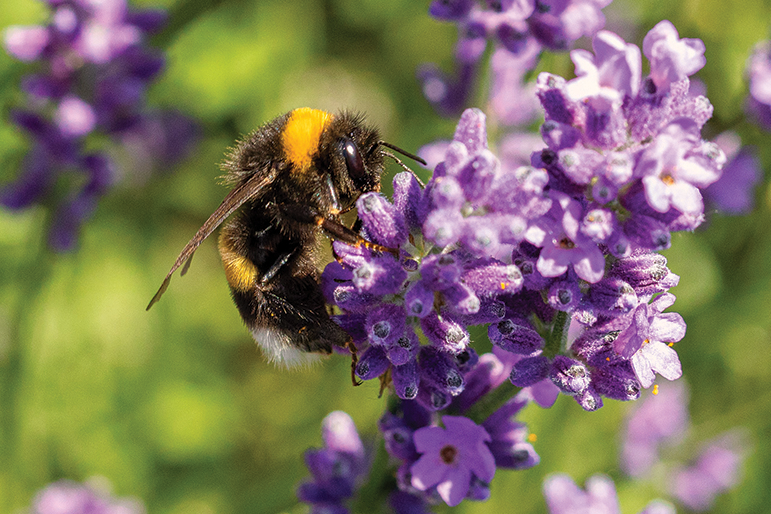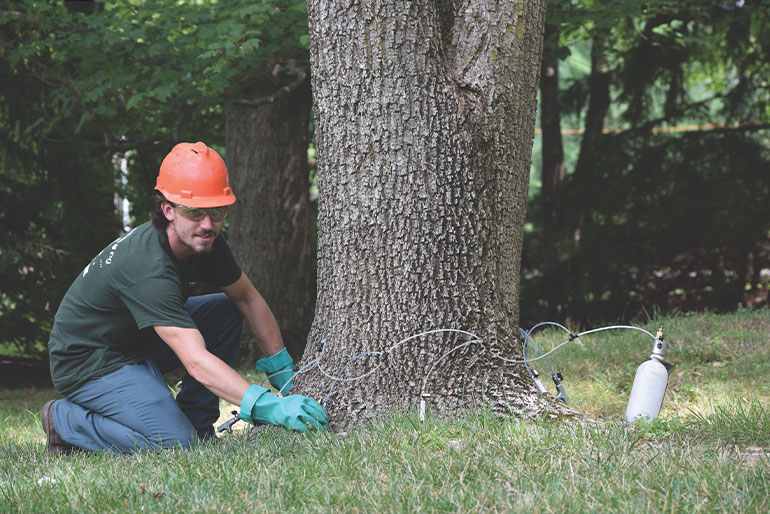

Whether your garden is a 10-foot-plot or a 100-square-foot expanse, whether conditions are wet or dry, quite simple perennial and shrub plantings can provide both landscape beauty and wildlife refuge and sustenance while enhancing the microenvironment.
Using just four different plants – for example, bee balm, zinnia, salvia, and aster – even the smallest garden can have color the whole season. The plants bring to your garden the animation of wildlife, and provide the wildlife with a food source. The pollinators these plants attract, such as bees, hummingbirds, and butterflies, provide mesmerizing activity while the pollen they produce provides food for the beneficial insects that are the predators of harmful plant insects. Your little paradise will serve as a delightful smorgasbord for the silent partners of your healthy garden.
Have a wet site on your property? If the soil seems to stay wet, directing most of the water quickly to a single area may help your established plant material and provide an ideal location for a “wet” landscape. Wood chips, branches, or trunks of dead trees — lying on the ground or still standing — will provide organics for the soil and food for larger critters (think squirrels, chipmunks, and rabbits). This approach works for both large and small areas.
If you have been thinking about creating a new garden, Spring is a great time to get started. There are several helpful garden centers for those who want to dig in themselves or ask us for a referral to a landscape designer or landscape contractor. You will be able to add seasonal color to your property and attract amazing wildlife.
In 2018, The National Pollinator Garden Network achieved their goal of registering one million pollinator gardens in just three years. Visit millionpollinatorgardens.org for more.

English ivy, Hedera helix is an evergreen groundcover and climbing vine hardy in the Philadelphia area. Long utilized as a ground cover, the...

The Arboretum at Laurel Hill is collaborating with Cornell University to grow hybrid oak trees at their cemetery in Bala Cynwyd.
The project was...

Oak Wilt
Oak wilt has always been one of those diseases that we were happy to not have to deal with. We were aware...